While working from home during the global health crisis, we organised a virtual hackathon. The event lasted several weeks and aimed to measure and visualise the health of the Internet.
Due to the COVID-19 pandemic, we had to cancel the Internet Measurements Hackathon that we had planned to do together with OONI (Open Observatory of Network Interference) at the Internet Freedom Festival in Valencia, in April 2020.
As everyone started organising WFH hackathons due to the lockdown, we decided to follow the trend and adjust our topic to Internet Health Measurements.
Although we have already organised a distributed hackathon on quantum technology that was hybrid, with teams working in different countries but coordinating their activities online, having a fully online event was a new experience. In addition to focusing on our core topic, part of the process was to try out alternatives to what we used to do for in-person events:
- Open participation (no registration)
- Marathon, rather than a sprint: weeks-long event, instead of one intensive weekend
- Light-weight organising team
- Open / FLOSS platforms, as much as possible (EtherPad, Jitsi, IRC, and some Slack)
- See here a list of various community platforms
However, focusing on work and on results was difficult, during the crisis that we were all living in.
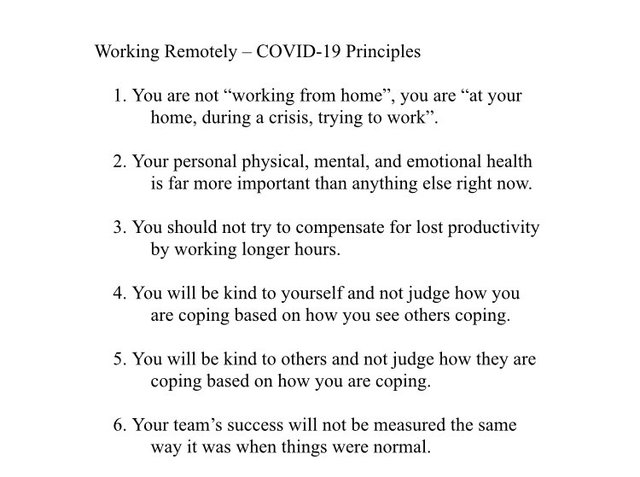
Wise advice for the remote work during the crisis
Results
The virtual hackathon went on over a period of seven weeks: from 20 March to 8 May 2020. In total, we had 10 active participants out of 30 that expressed interest. We had five catch-up meetings (once per week, excluding holidays). There were ~20 projects proposed of which four turned into tangible results.
In addition to the measurements-related results, we also build new connections between people and communities. For example, between OONI and the RIPE NCC, African researchers and global activists or academics and network operators.
We also documented the whole process: you can find the lessons learned, and tips for organising future events, below.
Viewing the Impact of COVID-19 through RIPE Atlas
The biggest practical result from the hackathon was a DataViz dashboard that was added to an existing project called the Internet Health Report. This dashboard shows network delays per country before, during and after COVID-19 lockdowns. This project uses RIPE Atlas data and previous analysis made by several teams of researchers and data scientists. Here is an example:
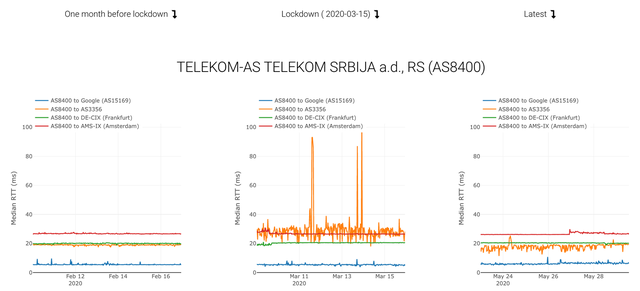
Figure 1: Network delays for one of the network operators in Serbia
You can find more information in Network Delays in Times of Corona and the dashboard code is available on GitHub.
Cooperation with Magma Guide
Another thing that came out of our hackathon was an addition to the Magma Guide: a document giving guidance on performing network measurements related to network interference.
Vasilis Ververis, the main contributor of this project, worked with Amreesh Phokeer and our colleagues Jasper den Hertog and Emile Aben. However, during these weeks his main focus became another network measurement and he published a paper about it: Spanish providers blocking the access to the website of the reproductive-health activists. It is still related to Internet health and measurements, but in a different way.

Figure 2: Number of women blocked from websites in Spain (OONI data)
Investigating Routing Stability during Corona
In the preliminary analysis, Emile Aben published the graphs of stable BGP activity, based on the Routing Information Service (RIS). It shows that many network operators keep on reconfiguring their networks at the same pace as before the coronavirus pandemic.
Collected DataViz Gems
As part of the research on how our network measurements can be better performed and visualised, I have published an article with an overview of several other organisations doing the usage of Internet measurements, and another one about measuring the effects of the earthquake in Croatia, which happened during the lockdown.
However, more fascinating were the *other* health measurements, so I have squirrelled a large collection of examples of how to visualise large numbers per country/region over time. I am hopeful that this will also help us better visualise RIPE Atlas or RIS data in the future.
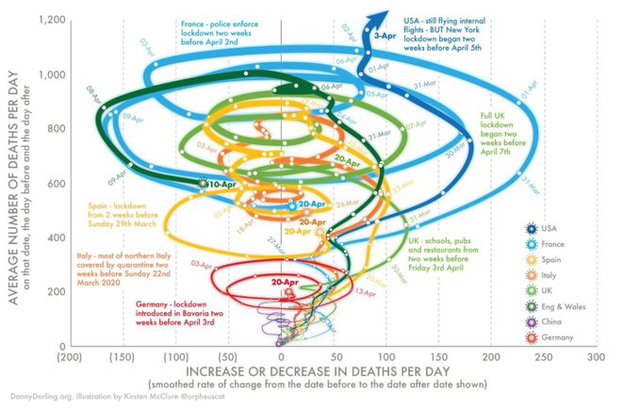
Figure 3: Example of data vizualisation during COVID-19 times (source: The Conversation)
Virtual Hackathons: Lessons Learned
Even before COVID-19 forced us to organise an online event, I was a passionate advocate of remote participation, because I believe that it can increase diversity and inclusion, and help decreasing our ecological impact. Now, I can see that by staying at home we have succeeded in:
- Sparing the environment by not burning fossil fuels for travel
- and by eating locally produced food
- Saving money that would have been spent on renting the venue, travel, paying for food and T-shirts
- Balancing work and family life better (however, that's not ideal - see a [note &&&] below!)
- "Eating our own dog food": as the "guardians of the Internet", we got to use the Internet tools to cooperate remotely!
However, the main lesson about moving hackathons to virtual is that face-to-face events have so many intrinsic, intuitive benefits, that can NOT be replicated with virtual events:
- Sharing food: drinking and eating together, exchanging delicacies from various countries as a way of connecting (hint: stroopwafels!)
- People getting to know each other in person, “matching faces to email addresses”, eye-contact and shaking hands…
- Team-building by instinctive reading of body language and pheromones and subtle behavioural preferences (all lost through cyber-connection)
- Belonging to the same group by being in the shared space, and wearing the same T-shirts ;-)
- Being able to focus on the hackathon
- by working from home, participants often had to multitask at least three jobs: the hackathon, their regular job, and child-care
- Learning from each other by direct communication and working together on the shared project
All this is missing in the virtual set-up, and it has to be over-compensated in a successful online event. Next time, we could maybe print T-shirts and ship them to the participants. We could also send stroopwafels and possibly organise food sharing and other social interactions over video.
Logistics
As for the logistics, in my experience, there are two options:
- Focus on people who already know each other, keep it small and tight, non-commercial, and aim for achieving modest results or
- Organise commercial and often very large events with many sponsors, financial rewards and ready-to-use apps (sometimes proprietary)
These are some of the strategies that I have noticed while participating in multiple COVID-19 themed hackathons:
- Some hackathons accepted ten times (or even hundred times) more participants than usual
- Onboarding all those people is a HUGE task. Scaling-up is a significant task
- Here is a link to tips about team-building
- Mentoring, team leading and coordination are special functions that require many volunteers
- Provide infrastructure for the teams to be in contact with each other
- Introduce regular CHECK-IN points and enforce them strictly
- Accepting more project then usual
- Proposed projects “attrition” should be psychologically soothed by the organisers, mentors, coordinators
- Be very clear about the format of the expected results
- Be very clear about the deadlines and timelines of the expected results
All this can only function if participants are well motivated. Most of the large hackathons were giving out monetary prizes, and other kind of support for the “winning” projects”: exposure, incubator follow-up, data storage or cloud facilities or other tools and access to sometimes thousands of other participants, coaches, mentors and even DJs.
However, most of the hackathons did not work on topics that the RIPE NCC and RIPE community were usually engaged with! The most tangentially connected topics were: remote working, blocking of information websites, and privacy/security issues related to contact tracing software.
Conclusions
Since this was our first completely virtual hackathon, and considering that we did it during a global health crisis, it went fairly well. For the follow-up events, we will work to find a balance between the benefits and disadvantages of both types of events (in-person and online).
My prediction is that successful hackathons in the future will be hybrid: primarily virtual, with small/local groups working together and forming remotely connected teams across the globe but cross-pollinating ideas through direct contact.
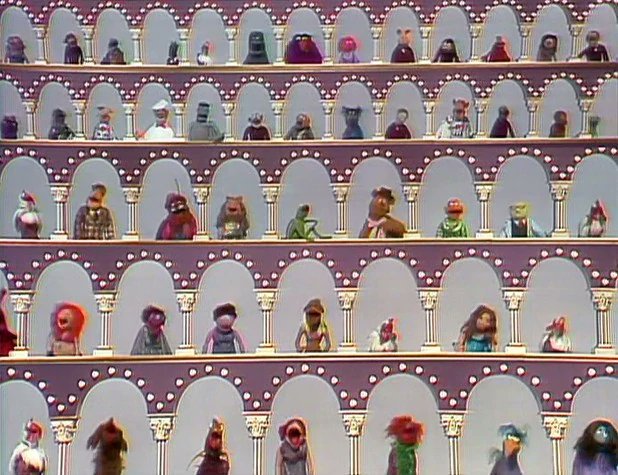
Many meetings these days remind us of The Muppet Show
"Never doubt that a small group of thoughtful, committed citizens can change the world. Indeed, it is the only thing that ever has."
-- Margaret Mead

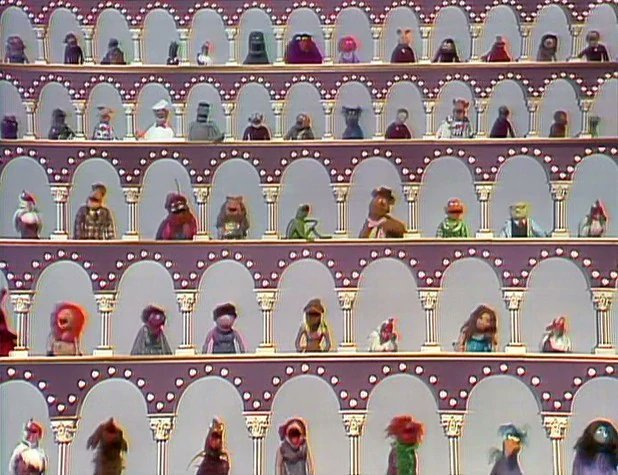
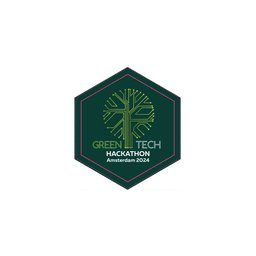
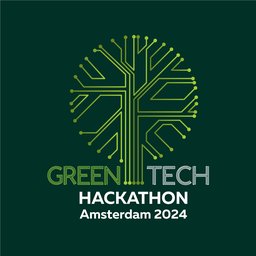
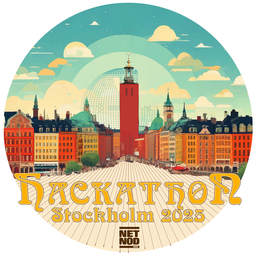
Comments 0
The comments section is closed for articles published more than a year ago. If you'd like to inform us of any issues, please contact us.